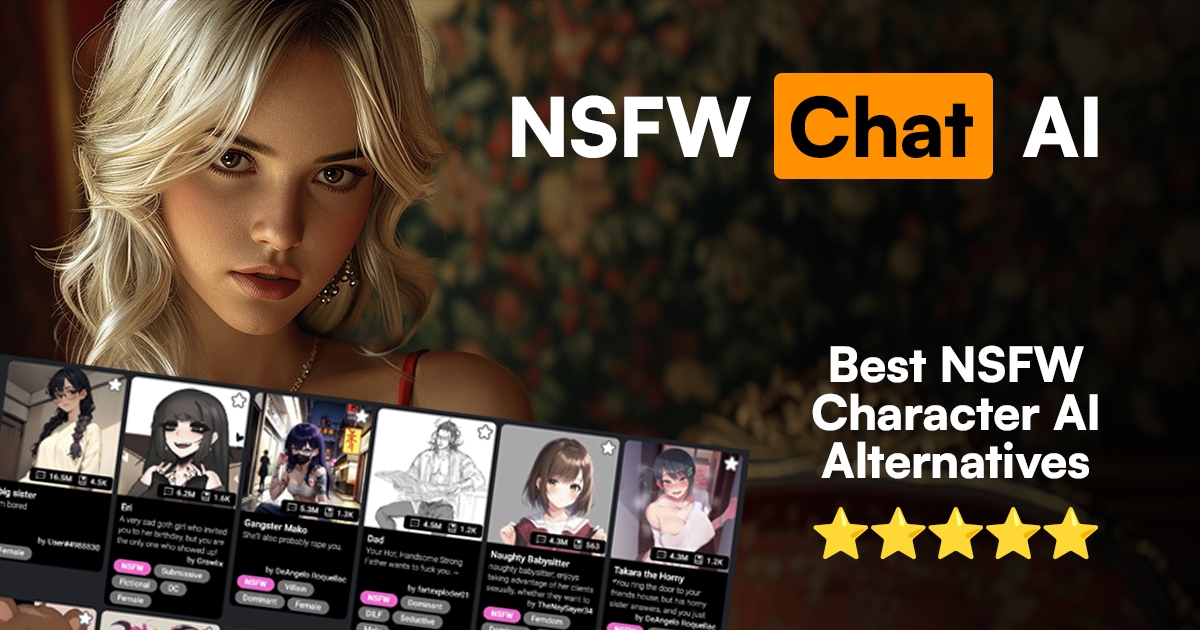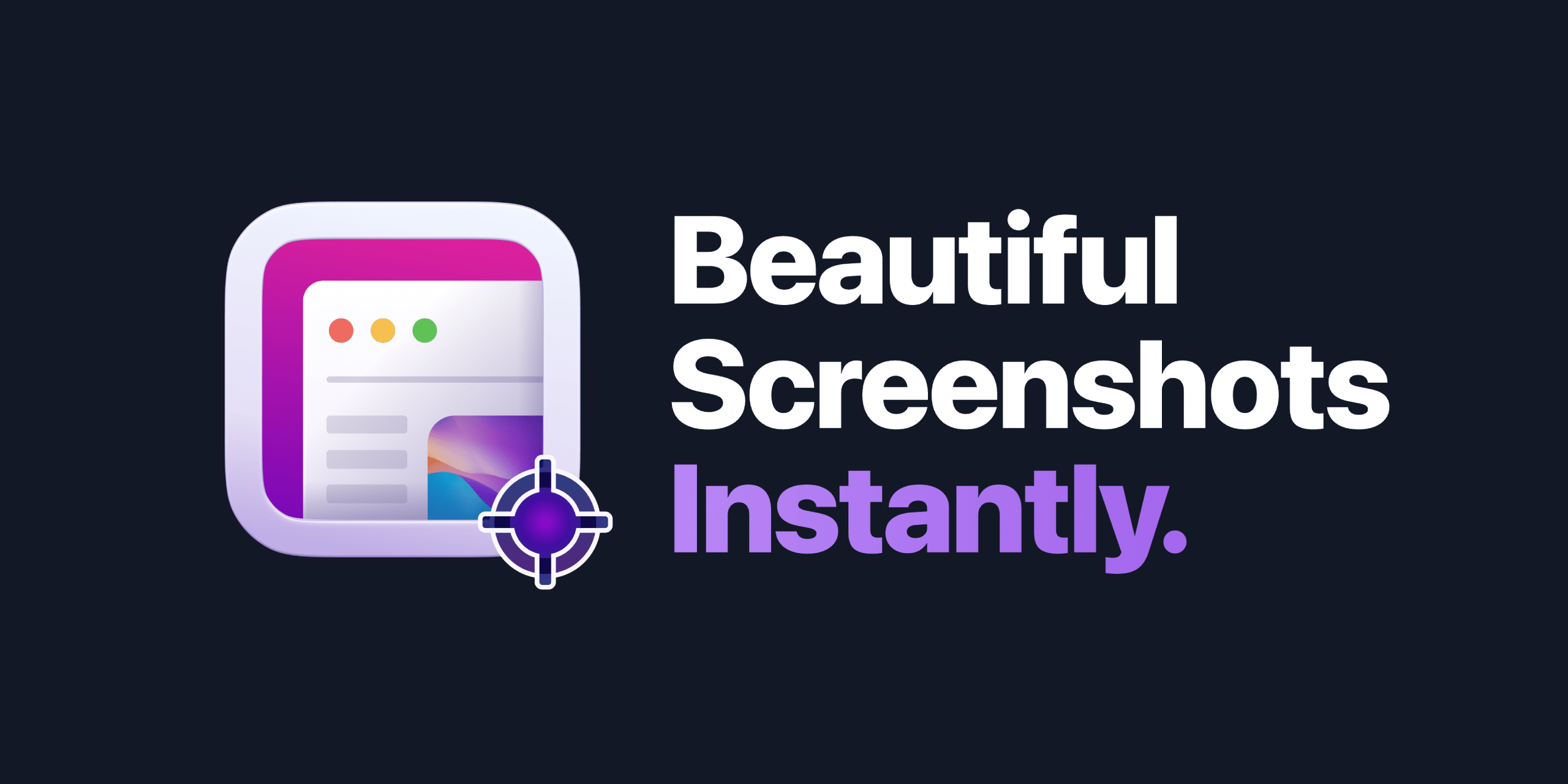Favicon: What is it and How to Create One
A favicon, short for "favorite icon," is a small icon associated with a website or web page. It is typically displayed next to the website's URL in the browser's address bar, on browser tabs, bookmarks, search engine results pages, and other places across the web.
Favicons help users quickly identify a website among multiple open tabs and make it easier to find a specific site in their browser history or bookmarks. They also contribute to a website's branding and overall user experience.
What is a Favicon?
A favicon, short for "favorite icon," is a small, typically 16x16 pixel icon that represents a website or web page. A favicon identifies the site in web browser tabs, bookmark lists, and within the browser's address bar. Favicons are crucial for branding, as they help users quickly recognize and navigate to your website when multiple tabs are open or when users are sifting through their bookmarks.
They can also contribute to a professional appearance and can benefit SEO by improving user interaction with your site. It will boost CTR (click-through rate) and reduce bounce rate, making your site look more authoritative and trustworthy.
Favicons are usually displayed next to the page's title on browser tabs and used as icons for bookmarks, history entries, and search results. They can be created in various file formats, including ICO, PNG, GIF, and SVG, and are implemented by adding a link to the icon file in the HTML code of a web page.
Why are Favicons Important?
The benefits of favicons include:
- Technical SEO: SEO tools will often recommend adding a favicon to your website. Favicons are a small but important part of a website's technical SEO. They help search engines identify your website and can contribute to a better user experience, a ranking factor.
- Branding: Favicons are a great way to reinforce your brand's identity and make your website more recognizable. They can also contribute to a more professional appearance and help users quickly identify your site among multiple open tabs.
- User Experience: Favicons can improve the user experience by making it easier for users to find your website in their browser history or bookmarks. They also contribute to a more professional appearance and can help users quickly identify your site among multiple open tabs.
Creating a favicon is a straightforward process that involves designing a simple and recognizable image that reflects your brand, converting it to the appropriate file format, and adding it to your website using HTML code.
How to Create a Favicon
To create a favicon for your website, follow these steps:
- Choose an image or logo that represents your brand or website. Ensure that it is recognizable and simple, even at small sizes.
- Resize the image to a square format, ideally 32x32 pixels or 16x16 pixels if the larger size doesn't downscale well.
- Convert the image to the ICO format, supported by all modern web browsers. Online tools like Favicon Generator or RealFaviconGenerator can convert your image to the proper favicon format.
- Upload the
favicon.icofile to the root directory of your website. - Add the following code to the
<head>section of your web pages:
<link rel="icon" href="/favicon.ico" />This code tells the browser where to find the favicon file. For additional compatibility with Apple touch devices and Windows 8 or Windows 10, you may need to create and include other icon files.
But don't worry about all that, the easiest way is to use a favicon generator that will do all the work for you:
Best Favicon Generators
There are many favicon generators available online, but here are some of the best:
- RealFaviconGenerator: This tool ensures your favicon is compatible with all browsers and platforms. It offers a range of customization options, including adding a background color.
- Favicon.io: This generator allows you to create favicons from text, images, or various emojis. It also provides advanced options to set the file name, version, and location on the server.
- Favic-o-Matic: Favic-o-Matic is an easy-to-use favicon generator that offers two options: a standard favicon and a comprehensive set that includes every size and format, including several Apple-touch-icons, Microsoft mstiles, and favicon pngs.
- Favicon.cc: This online favicon editor allows you to create an animated favicon. It also provides a grid-based design interface for those wanting to build a favicon pixel by pixel.
- Looka: Powered by AI, Looka delivers usable results and offers multiple ways to tweak and edit your graphics, providing a personalized look that will work for almost any type of website.
- OGimage.org: Create open graph images for your website, blog, or social media posts.
- Next.js: Read the favicon, icon, and apple-icon guide for Next.js to learn how to add a favicon to your Next.js app in React and Vercel.
These tools offer a variety of features to help you create a unique and recognizable favicon for your website.
Pro-tip: Make sure to get your landing page roasted by an expert: Get a landing page audit from a SaaS CRO.
Ilias is a SEO entrepreneur and marketing agency owner at MagicSpace SEO, helping small businesses grow with SEO. With a decade of experience as a CTO and marketer, he offers SEO consulting and SEO services to clients worldwide.

Get your AI GF in 2024 for FREE! Explore the best 7 AI girlfriend apps for an exciting romantic dating simulator with the top AI girlfriend generators.

Character AI is the most popular AI chatbot platform, but it doesn't allow NSFW chat. Here are the top alternatives that do.

Xnapper is the best screenshot app for Mac users. Learn how it can help you capture high-quality screenshots quickly and easily.
